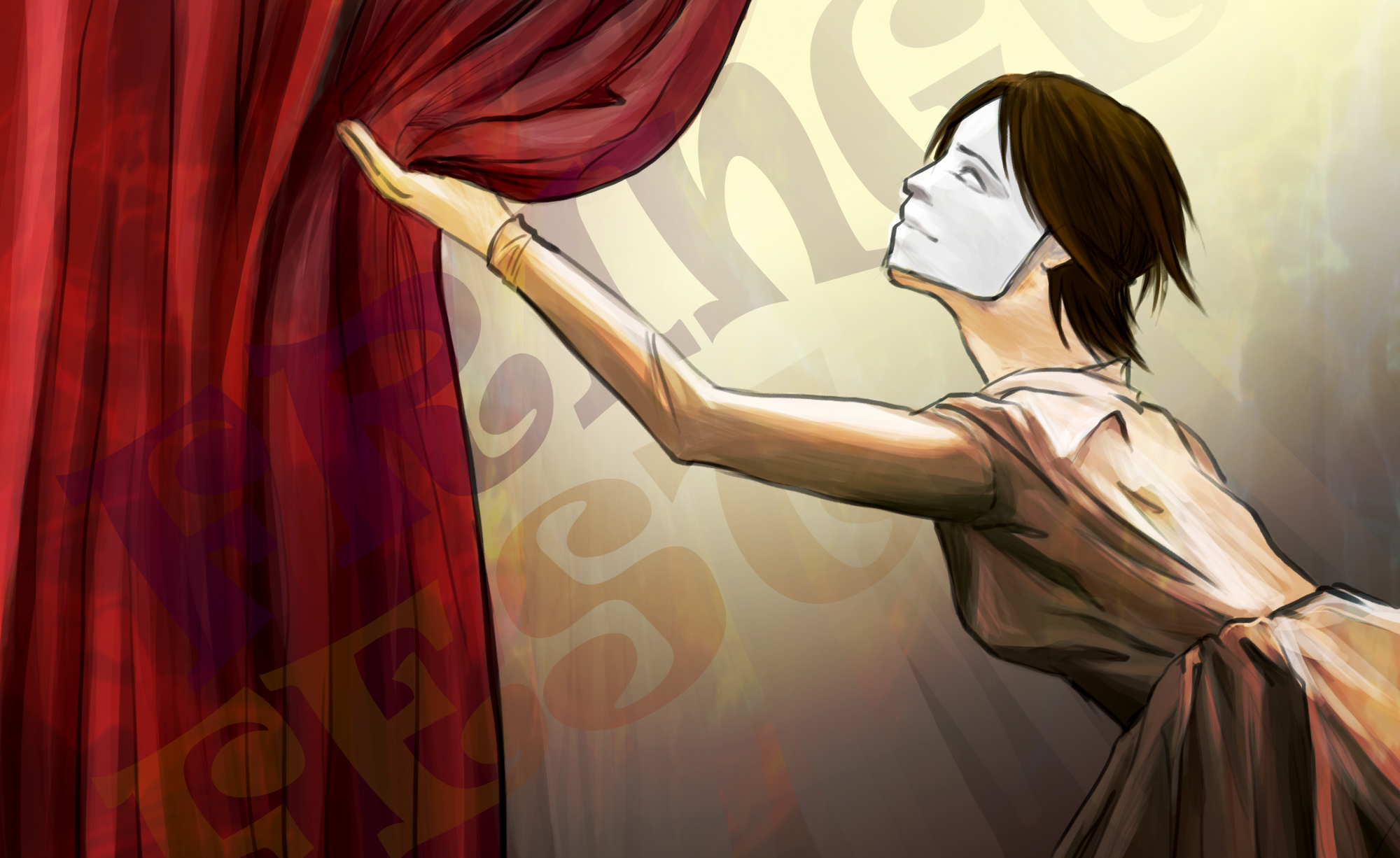In 1947, the Edinburgh International Festival was born. As an attempt to kickstart cultural life after the long years of war, it grasped onto a pre-war cultural elitism, featuring mostly classical music in its first year. In a populist effort to counter the International Festival’s elitism, eight theatre companies crashed the party. And so the Fringe Festival was born, outside of the festival proper, as companies tried to expose people to their alternative theatre. Now, over sixty years later, the Fringe is moving closer to the mainstream. Stand-up comedy, which exploded in popularity in the 1980s, now dominates the billings.
I attended the Edinburgh Fringe Festival in 2011 when I happened to be working near the city. For 25 days the city was flooded with fliers and posters advertising student theatre companies, a hundred all-too-similar stand-ups hoping for their big break, and a sizeable crowd of London media crews setting up camp in the city, while locals took advantage of the fuss and let out their homes. As I walked up the Royal Mile it became apparent that a kind of madness had infected the city. I was surrounded by street performers desperately looking for an audience in the passersby, promotional material attached to every available surface, and crazed promoters perpetually thrusting publicity for one production or another into my hands. Everything looked kind of crazy by the end of the second week. Even the posters. Especially the posters.
The festival is now regarded by performers as a brutal but necessary ordeal, with multiple shows every night, overcrowded venues, and everyone drinking like there’s no tomorrow. It is a time when you wouldn’t be surprised to see a seasoned professional have a public meltdown. To top it off, there is a nagging feeling that the whole thing has kind of sold out commercially, and lost its magic somewhere down the road.
It’s with this Scottish hoopla in mind that I was pleasantly surprised at how easygoing the Montreal Fringe Festival, which just wrapped up this week, is. One Saturday afternoon, I sauntered over to the box office on the corner of St. Laurent and Rachel to buy tickets and found only two people in line in front of me. I didn’t have to line up for half an hour; I didn’t have to shatter the dreams of students desperately promoting their play; I didn’t find posters plastering every available surface. It seemed the goal of the festival was for Montrealers to enjoy themselves – something Edinburgh could learn from. As I stood in line, I realized that the Montreal Fringe actually holds to the original ideal: a festival that is all about showcasing alternative performing arts, without any commercial agenda.
The first show I saw was a one-man show entitled “Verbal Diarrhoea or: How I Learned to Stop Worrying and Bomb at Love” in which British comic Gerard Harris gave a rundown of his personal romantic experiences in an hour-long string of anecdotes and observations. Harris’ rundown was extremely comprehensive, covering his childhood, his failed marriage, and his move to Canada as part of his quest to find love and sex – a quest that seems to have involved a lot of crying and masturbating in his apartment. The show was well-received by the audience, despite the lack of professional polish expected in the cutthroat UK stand-up comedy scene.
No one even bothered to check that I had actually bought a ticket to see “Osama the Hero” by Lifelong Productions when I walked in and took my seat – an experience that stands in stark contrast to waiting in the Edinburgh rain being herded into a venue by festival staff. “Osama the Hero” follows the misguided vigilante attempts of concerned neighbours fighting terrorism. “Osama” switched effortlessly and instantaneously between humour and intense confrontation until it reached its shocking climax and denouement, making it my festival highlight.
Finally, I checked out “Treue Körper,” a showcase of modern dance where four distinct performances feature a variety of styles and tones. The performances ranged from a solo dance set to a broken military soundtrack – an aggressive satire of female sexualization and submission – to a whole troupe of dancers marching automata-like, wrapped up in pillow cases. Such a diverse showcase gave me well-rounded exposure to the exciting new trends brewing in the dance world.
I picked all the shows I attended in true democratic Fringe style: randomly and on-the-spot, standing right outside the box office. The Edinburgh fanatics would do well to buy a ticket to Montreal and get back into the real spirit of the Fringe.
